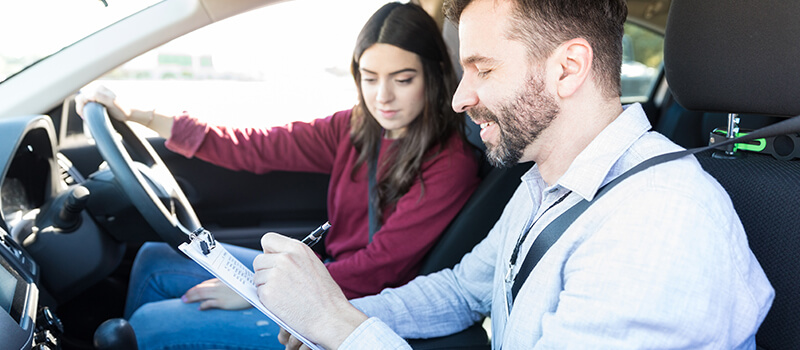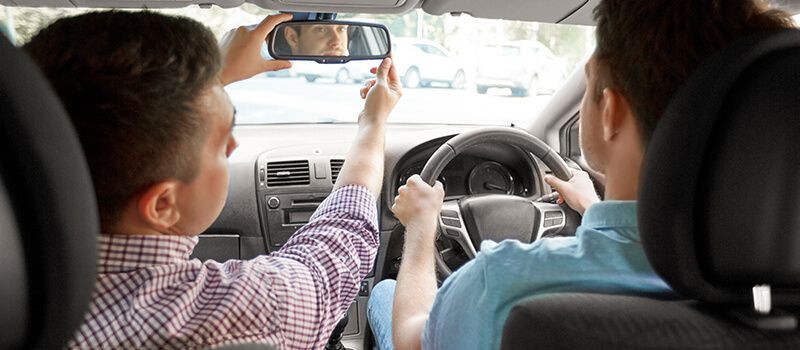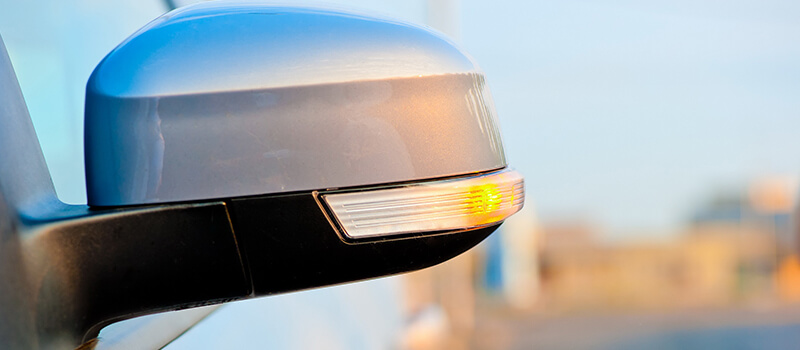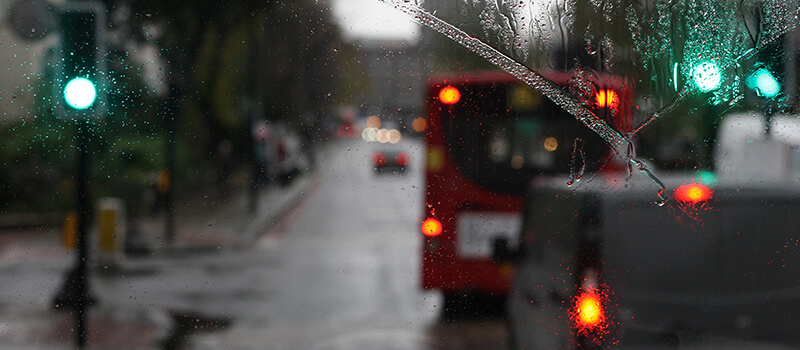Although there is no limit on the number of attempts you have to pass your practical test, it is every learner’s dream to pass the first time and get on the roads as soon as possible.
Luckily, for those taking their driving test in the UK, the first time pass rate is relatively high and most instructors will only ever encourage you to book your test when they believe that you are completely ready. More times than not, the cause of a fail isn’t a pupils lack of skills or a massive disaster, however, is simply nerves taking over and causing avoidable driving test errors.
How To Avoid The Top Driving Test Errors
You can be the most confident driver during lessons, which is fantastic, however, if you’ve never experienced a driving test before, there is no guarantee that a small slip up won’t occur. Of course, in the lead up to your test, you should spend lessons perfecting your skills and manoeuvres, but it also highly recommended to make yourself aware of the main reasons as to why people fail and how to avoid these. To get you started, you’ve devised a list of the top 5 driving test mistakes and tips to avoid picking up minors, or worse, majors.

1. Lack Of Observations
Observation is vital during driving, and this isn’t just a rule to pass your test, it’s a rule to remain a safe driver. Cars nowadays are fast and can creep up behind you incredibly quick, meaning if you haven’t continuously made sure that you are fully aware of your surroundings, you’ll have a problem.
Your ability to check your interior and exterior mirrors during your test is an important skill your examiner will look out for. It is vital to check your mirrors before making any change in your driving, whether this may be speeding up, slowing down, changing lane or carrying out a manoeuvre.
One of the main manoeuvres that catch learners out during their test is reverse parking. Not only must you check your mirrors, but also all blind spots, meaning that a full 360 observation is required. While driving along a dual carriageway or any other type of road, you’re likely to pick up a minor for not checking your mirrors, but failure to check blind spots when reversing will be a major.
The long-running rule is that your examiner should not have to point out a potential hazard for you, this should be noticed and reacted to in advance.

2. Misleading Signals
You’d be surprised at the number of learners who fail their test due to simple errors such as forgetting to signal or signalling at the wrong time. Your indicators are there to notify other road users of what you plan to do; next, it is your only form of communication, so must be as accurate as possible.
There are three main culprits for picking up minors during your test due to signalling and these are failure to signal, failure to cancel and last minute signalling.
Failure to signal altogether is undeniably the most dangerous mistake to make, it dramatically increases the risk of a collision. For example, if you had just finished a manoeuvre and are sitting stationary, then decide to pull out suddenly, an upcoming car will not know your plans and may drive straight into you.
Failure to cancel your signal is likely to mislead drivers, especially if you are leaving a roundabout. In many built-up areas, immediately after roundabouts are junctions into housing estates. Other road users will assume that you are planning to make another turn.
Lastly is last minute signalling, which relates to a similar issue as failure to signal. When making a turn, you will need to slow down. If you haven’t warned the driver behind you that you are turning, they will not anticipate your change in speed and may have to emergency brake.

3. Dealing With Junctions
There are two types of junctions you are likely to be faced with during your test; closed junctions and open junctions. Your examiner wants to test your ability to remain safe, which means that you’re likely to be asked to drive through both rural and residential areas, along with main roads.
A closed junction means that you do not have a clear view of the road you are joining, this is common in residential areas with lots of houses, shrubs and cars. These types of junctions must be approached and emerged from slowly through the ‘peep and creep’ method until you can see for definite that the coast is clear. Pulling straight out of a closed junction into the way of another vehicle will result in a major.
Open junctions mean that nothing is limiting the visibility of the road ahead, which doesn’t mean that observation is not required. Many drivers are chancers and pull straight out of a junction, however, be patient, and again, wait until the coast is clear and safe.
4. Moving Off At Roundabout and Traffic Lights
One of the most stressful thoughts as a learner is stalling; everyone gets the question of “did you stall?” from their friends after their first lesson. Stalling most commonly occurs when moving out at roundabouts and junctions, and often happens during a test due to nerves.
Stalling will not cause a major if you can quickly resolve the issue and do not cause a disruption to other drivers. We once had a pupil who was taking driving lessons in Luton and unfortunately failed their test because they panicked at a roundabout, stalled and got themselves in such a fuss that they couldn’t get the car back up and running again.
The best way to avoid stalling is to prepare your bite point in advance when you notice a space at a roundabout forming or notice the traffic light turning orange. Leaving preparations to the last minute and rushing to move off is likely to result in the vehicle stalling.

5. Lane Discipline
Lane discipline relates to your ability to stay in a steady position on your lane, achieving a right balance between the white lines and side of the road.
Steering often becomes inaccurate when changing gears as one hand must be taken off the steering wheel and navigated over to the gear stick. To avoid this causing an issue, try to refrain from resting your hand on the gears after changing, aim to change and go straight back to both hands on your steering wheel.
Keep Practicing and Pass The First Time!
Taking your driving test is going to be nerve-wracking, and your examiner will understand this. They will not expect you to be completely perfect and make no mistakes; otherwise, you wouldn’t be able to have 15 minors. Remember, stay calm and take things step by step!
